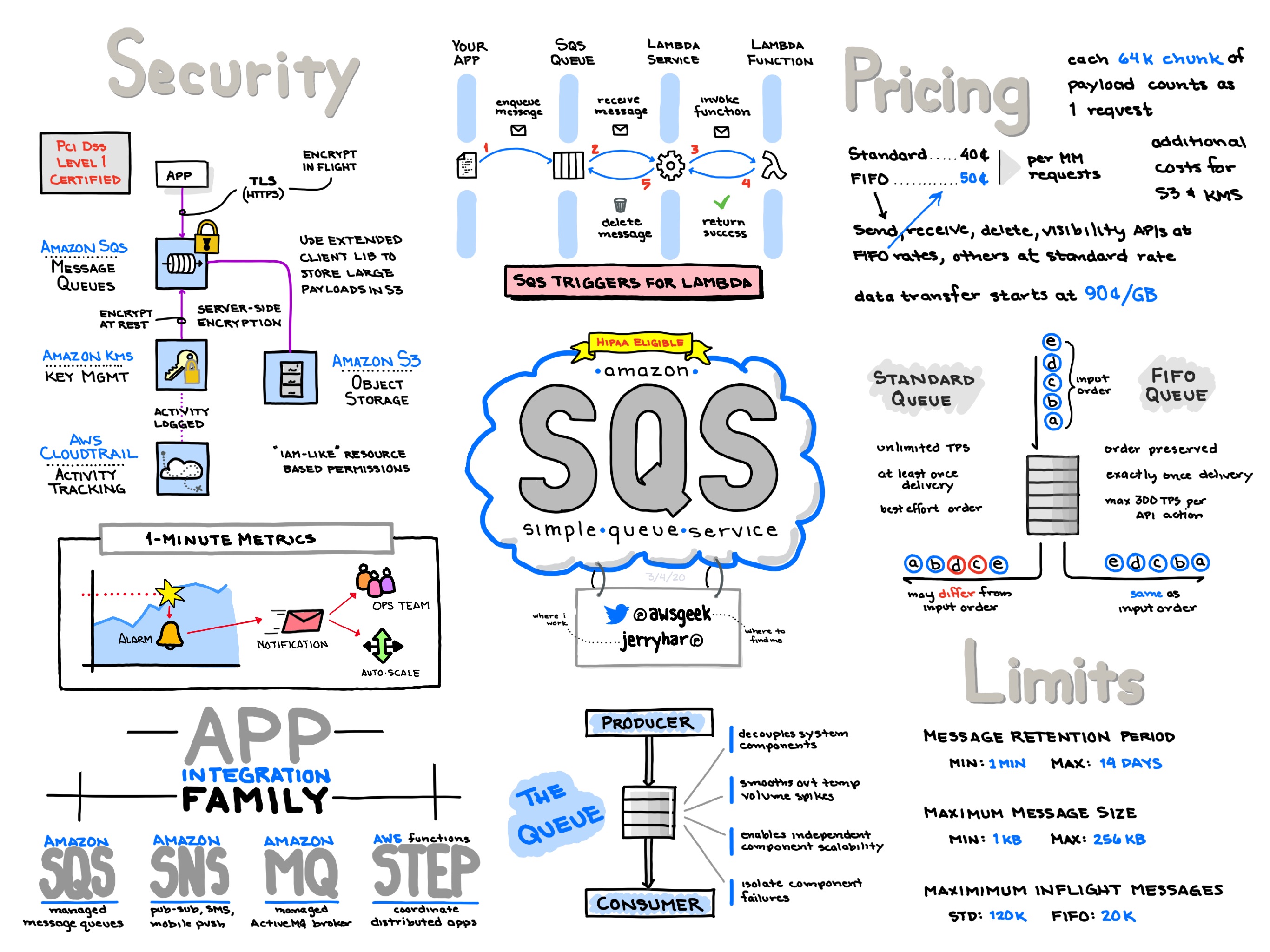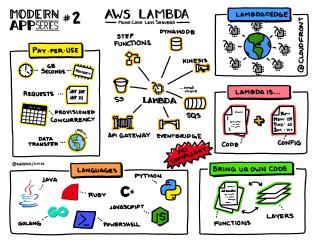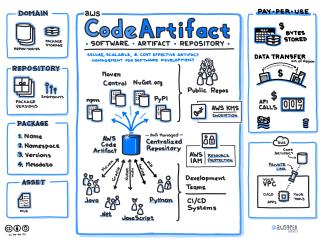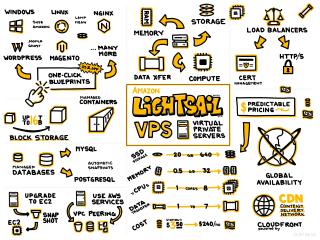
Amazon Simple Queue Service (SQS) is a fully managed message queueing service offered by AWS, designed to decouple and scale microservices, distributed systems, and serverless applications. For developers and IT administrators, SQS provides a reliable, scalable message queuing system that facilitates communication between different components of a distributed application. By enabling message storage and concurrent message processing, SQS helps applications recover quickly from failures, reducing the chance of message loss.
Use Cases
Amazon SQS is a versatile tool with various applications in modern software architectures. It's ideal for building distributed applications by serving as a buffer between components, thereby smoothing traffic fluctuations. It can be used to decouple microservices, allowing them to operate independently and scale independently. SQS is also invaluable in enabling asynchronous processing; developers can queue tasks for later execution using worker nodes, which pull tasks from the queue without overwhelming the system. Real-world use cases include order processing systems, log aggregation, and buffering of batch operations in big data analytics pipelines.
Pricing
Amazon SQS pricing is based on the number of requests made to the service and the data transfer out. There are no upfront costs or reservations required, allowing businesses to only pay for what they use. After the free-tier allowance expires, costs accrue based on the number of requests (including Send, Receive, Delete, ChangeMessageVisibility, and each message over 64 KB billed as one request). Additional charges apply for data transfer out beyond the free tier limits. This pay-as-you-go model ensures developers can scale their applications without worrying about excessive costs.
Scalability
Amazon SQS is engineered to handle massive scale. It automatically scales to the volume of messages stored, processed, and deleted without requiring interaction from developers, making it a service that seamlessly grows with demand. With standard queues offering nearly unlimited throughput, you can process a virtually infinite number of transactions per second. FIFO queues, designed for order-sensitive operations, can support up to 3,000 transactions per second with batching.
Availability
SQS offers robust availability by distributing messages across multiple centers within a region. This redundancy enhances the availability and durability of message data. Additionally, Amazon SQS provides strong fault tolerance by offering standard queue messages with at-least-once delivery and eventual consistency. For use cases demanding high reliability and message order integrity, FIFO queues offer exactly-once processing and message deduplication.
Security
Security is a cornerstone of Amazon SQS. It integrates with AWS Identity and Access Management (IAM) to provide detailed control over message processes, access, and actions. You can use IAM roles and policies to enforce strict security protocols, including resource-level permissions for SQS actions. Amazon SQS also supports SSL/TLS encryption of data in transit and optional server-side encryption (SSE) using the default SQS-managed AWS Key Management Service (KMS) key or a KMS key you specify, ensuring robust data protection.
Competition
Amazon SQS is not alone in the message queuing space; other cloud providers offer competitive services. Google Cloud offers Pub/Sub, which delivers similar capabilities with a focus on real-time analytics and event-driven architectures. Microsoft Azure provides Azure Queue Storage, optimal for cloud-native applications requiring message queuing for storage events. Alibaba Cloud provides Message Service, which supports high-throughput, low-latency queues for enterprise needs. Each service has unique features and integration possibilities within its respective cloud ecosystem, making it essential to evaluate which best meets your project requirements.
 AWS Regions
AWS Regions
 AWS Lambda
AWS Lambda
 AWS CodeArtifact
AWS CodeArtifact
 Amazon Lightsail
Amazon Lightsail